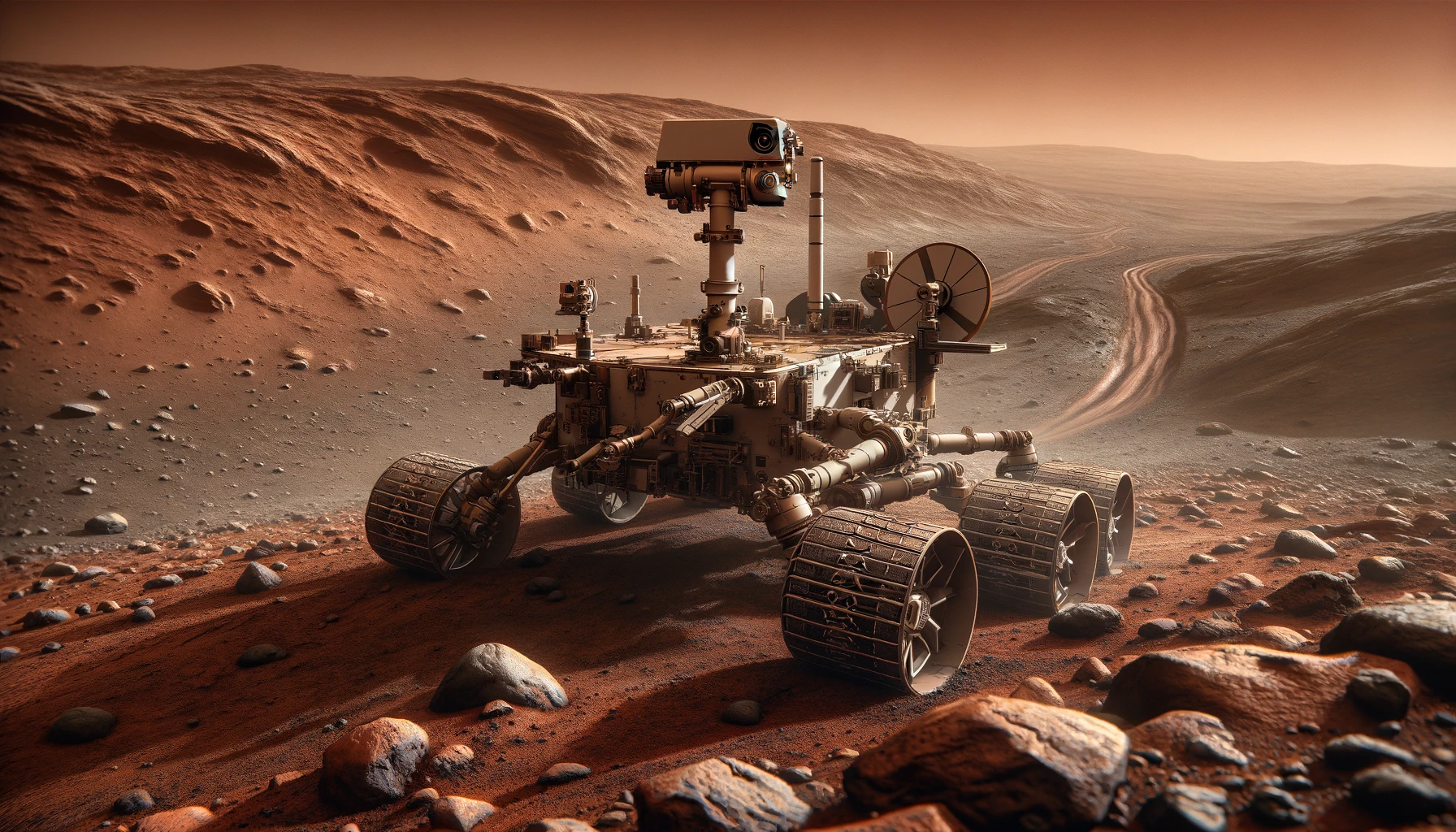In an innovative blend of technology and natural processes, two major programs in the Western United States are employing NASA satellite data to guide and enhance beaver-driven ecological restoration. The programs, positioned at Utah State University and Boise State University, are leveraging these satellites—crafted at NASA’s Goddard Space Flight Center—to pinpoint and monitor areas beneficial for beaver populations to thrive and assist in habitat restoration. This initiative underlines a growing trend of using advanced technology to support environmental conservation efforts, promoting a symbiotic relationship between wildlife and technology.
Programs Harnessing Satellite Insights
The Beaver Restoration Assessment Tool (BRAT) at Utah State University and the Mesic Resource Restoration Monitoring Aid (MRRMaid) at Boise State University are at the forefront of integrating environmental science and space technology. These tools use data relayed from satellites to assess landscapes for potential beaver reintroduction, which can naturally combat erosion and enhance aquifer recharge. This not only aids in managing water resources but also in restoring natural habitats that are vital for local biodiversity.
Building Ecosystems with Beavers
Once suitable sites are identified, measures are put in place to attract beavers either by direct relocation or by creating conducive environments for them to migrate naturally. These efforts lead to the construction of beaver dams, which play a crucial role in creating wetlands that support diverse wildlife and vegetation, improve water quality, and buffer against wildfires. These new ecosystems can bring significant environmental benefits, such as increased water table levels and reduced wildfire risks due to healthier, more hydrated vegetation.
Monitoring and Future Prospects
The ongoing monitoring efforts by MRRMaid and BRAT are crucial for evaluating the effectiveness of these interventions. Using continual satellite data, these programs can observe changes in vegetation and water bodies over time, providing empirical evidence of the positive impact of beavers on the environment. This data proves invaluable not only for academic research but also for securing support and funding for future restoration projects.
The satellite data from NASA not only spotlights the areas where ecological interventions are possible but also monitors the progress over time, offering a clear picture of how these natural engineers help combat environmental degradation. A recent study in the Journal of Wildlife Management details similar findings, underscoring the pivotal role of beavers in ecosystem restoration across North America.
In an era where climate resilience is more crucial than ever, projects like these showcase how integrating technology with natural processes can open new avenues for sustainability and conservation. The collaboration of local communities, academia, and global technology spearheads not only a resurgence in beaver populations but a restoration of entire ecosystems. Such initiatives are pivotal for inspiring similar conservation efforts globally, illustrating a proactive approach to environmental stewardship and sustainable management of natural resources.
Further exploration into related topics in articles from Environmental Advances and Environmental Science & Technology provides more insights into ecological monitoring and the benefits of technology in conservation. They discuss the broader application of satellite data and ecological models in tracking environmental changes and stress the growing importance of technology in managing and mitigating ecological impacts.
For those interested in environmental conservation, this integration of satellite technology and wildlife management not only offers a hopeful glimpse into the future of ecosystem restoration but also serves as a call to action for supporting similar technologies and methodologies in environmental strategies worldwide.










